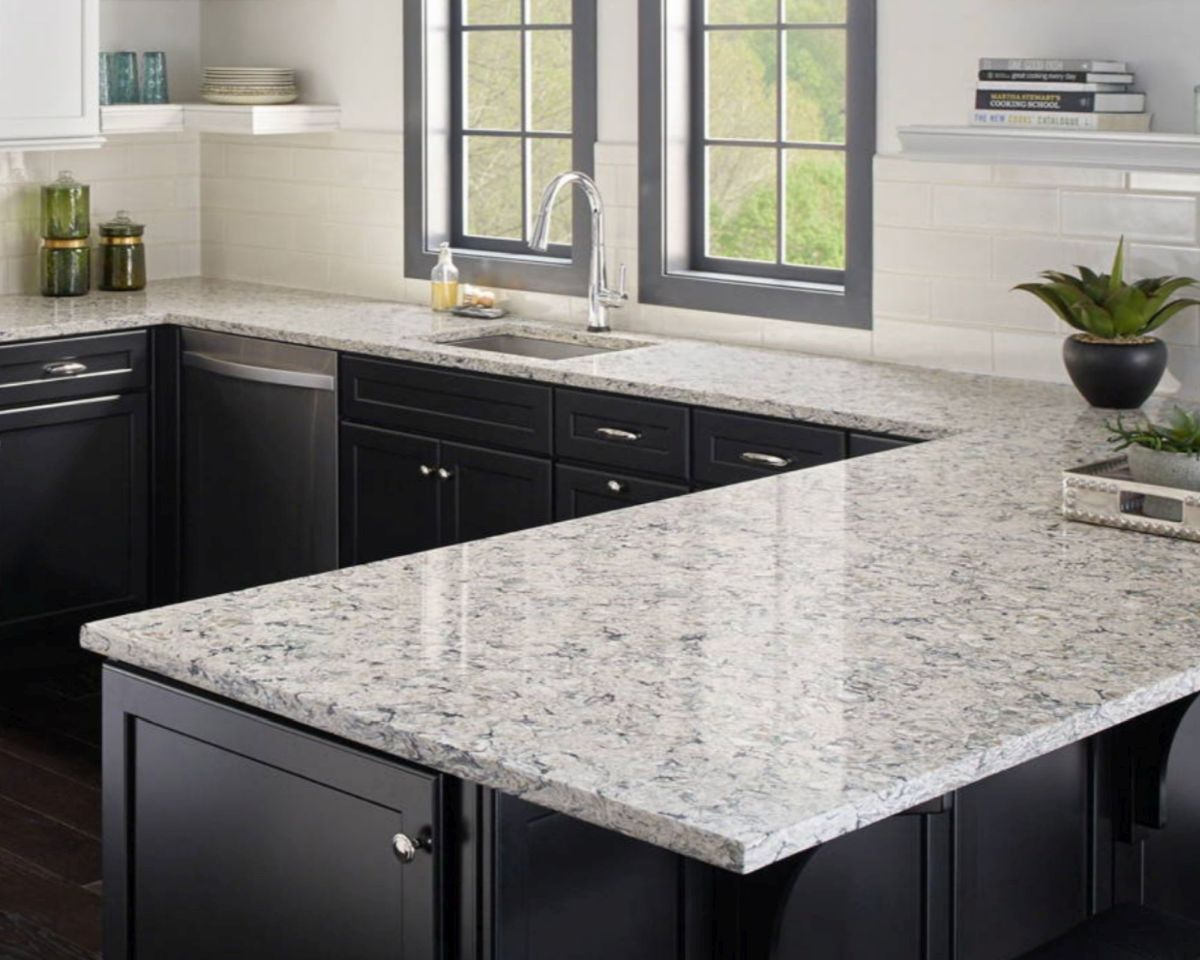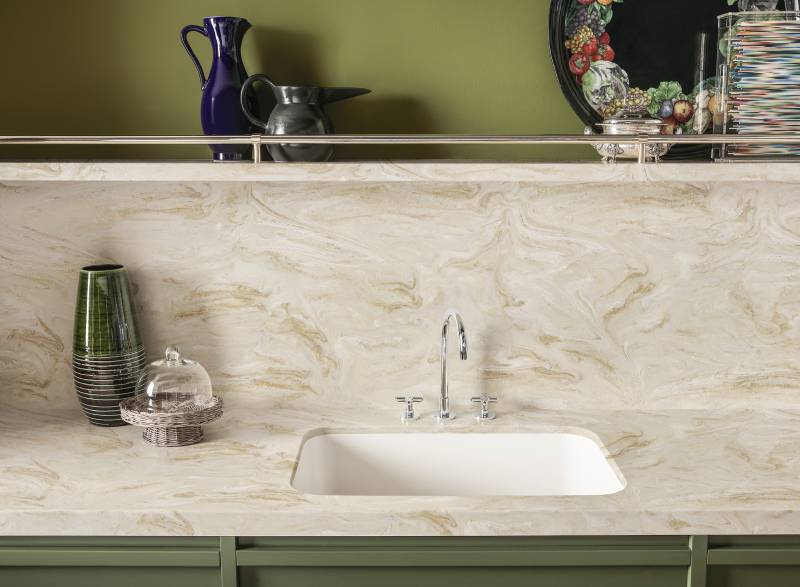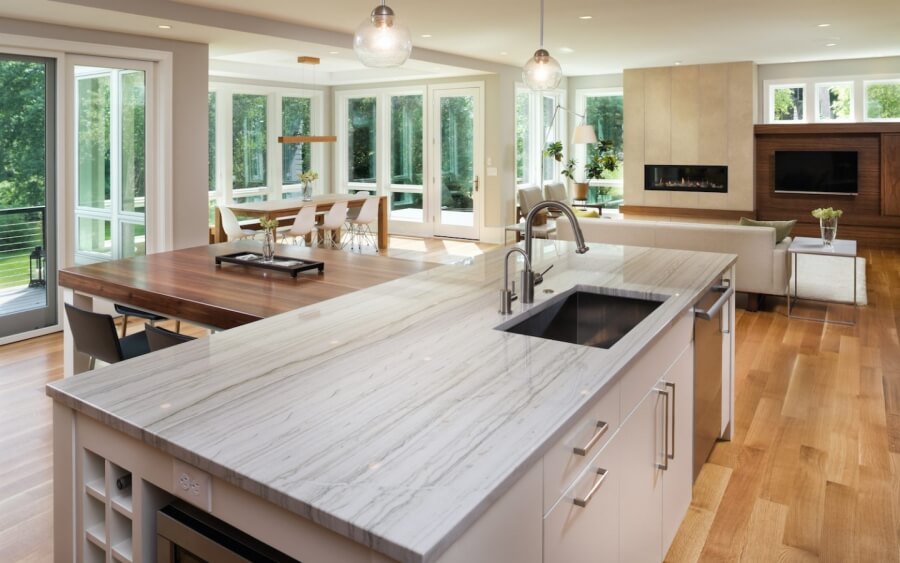Limestone Bathroom Countertops: Limestone Bathroom Countertops Pros And Cons

Limestone countertops are a popular choice for homeowners seeking a natural stone option that offers both elegance and durability. Limestone is a sedimentary rock formed from the accumulation of marine organisms’ shells and skeletal fragments. Its unique composition gives it a distinctive appearance and properties that make it suitable for various applications, including bathroom countertops.
Limestone Bathroom Countertops: An Overview
Limestone is a metamorphic rock formed from the accumulation of marine organisms’ shells and skeletal fragments. Its composition gives it a distinctive appearance and properties that make it suitable for various applications, including bathroom countertops. Limestone is known for its warm, earthy tones and subtle veining patterns, adding a touch of natural beauty to any bathroom design. The stone is relatively soft and porous, making it susceptible to scratches and stains, requiring proper care and maintenance. Despite its delicate nature, limestone’s unique qualities make it a desirable choice for homeowners seeking a natural and elegant look for their bathroom.
Advantages of Limestone Countertops

Limestone countertops offer a range of benefits that make them a desirable choice for homeowners seeking both beauty and functionality in their bathrooms. These advantages encompass durability, aesthetics, and ease of maintenance, making limestone a versatile and attractive option for bathroom design.
Durability
Limestone is known for its durability, making it an excellent choice for high-traffic areas like bathrooms. It is resistant to scratches, ensuring that your countertops remain pristine even with daily use. Limestone’s inherent strength also allows it to withstand moderate heat, making it suitable for placing hot items like curling irons or hair dryers directly on the surface. However, it’s important to note that limestone is a natural stone, and prolonged exposure to extreme heat or acidic substances can cause damage.
Aesthetic Appeal
Limestone countertops possess a unique and elegant aesthetic that complements a wide array of bathroom styles. Its natural beauty is characterized by subtle veining and variations in color, adding character and warmth to the space. Limestone’s versatility allows it to blend seamlessly with both traditional and contemporary bathroom designs, making it a popular choice for homeowners with diverse tastes.
Ease of Maintenance
Maintaining limestone countertops is relatively straightforward. Regular cleaning with a mild soap and water solution is sufficient to remove dirt and grime. To preserve the stone’s natural beauty and protect it from stains, sealing is recommended. Sealing involves applying a protective layer to the surface, preventing liquids from penetrating the stone. This process should be repeated periodically, depending on the level of traffic and usage.
Disadvantages of Limestone Countertops

Limestone, while beautiful and versatile, does have some drawbacks that homeowners should consider before making their final decision. These drawbacks primarily revolve around its susceptibility to damage and the need for regular maintenance.
Susceptibility to Etching
Limestone is a porous stone, meaning it has tiny holes that can be penetrated by liquids. Acidic substances, such as lemon juice, vinegar, and wine, can react with the calcium carbonate in limestone, causing etching. Etching appears as dull spots or marks on the surface, which can be difficult to remove.
To minimize etching, it is important to use coasters under glasses and to clean spills promptly.
Potential for Staining, Limestone bathroom countertops pros and cons
Limestone is also susceptible to staining, particularly from dark liquids such as coffee, tea, and red wine. These liquids can penetrate the pores of the stone and leave behind permanent stains.
To minimize staining, it is important to seal limestone countertops regularly. Sealing creates a barrier that prevents liquids from penetrating the stone.
Need for Regular Sealing
Limestone requires regular sealing to protect it from water damage and stains. Sealing is a process that involves applying a protective coating to the surface of the stone. The sealant helps to fill in the pores and prevent liquids from penetrating the stone.
Limestone countertops should be sealed every 6 to 12 months, depending on the amount of use.
Limestone bathroom countertops pros and cons – Limestone countertops are like that friend who looks great in photos but is a bit high-maintenance in real life. They’re beautiful, but prone to staining and scratching. If you’re looking for a vanity that’ll stand up to the daily grind, maybe check out a modern bathroom vanity table with a more durable material.
But hey, if you’re willing to put in the extra TLC, limestone can be a stunning addition to your bathroom, just like that friend who always brings the best snacks.
Limestone countertops? Sure, they look fancy, but they’re as delicate as a politician’s promises. One spilled bottle of cologne and your bathroom’s looking like a battlefield. For a more rugged look, maybe check out some of those modern men’s bathrooms, like the ones featured here.
They’re all about function and durability, and let’s be honest, who needs a fancy countertop when you’ve got a solid, reliable toilet to rely on? So, yeah, limestone might look nice, but it’s more “fragile beauty” than “manly strength.”